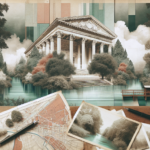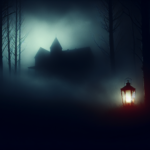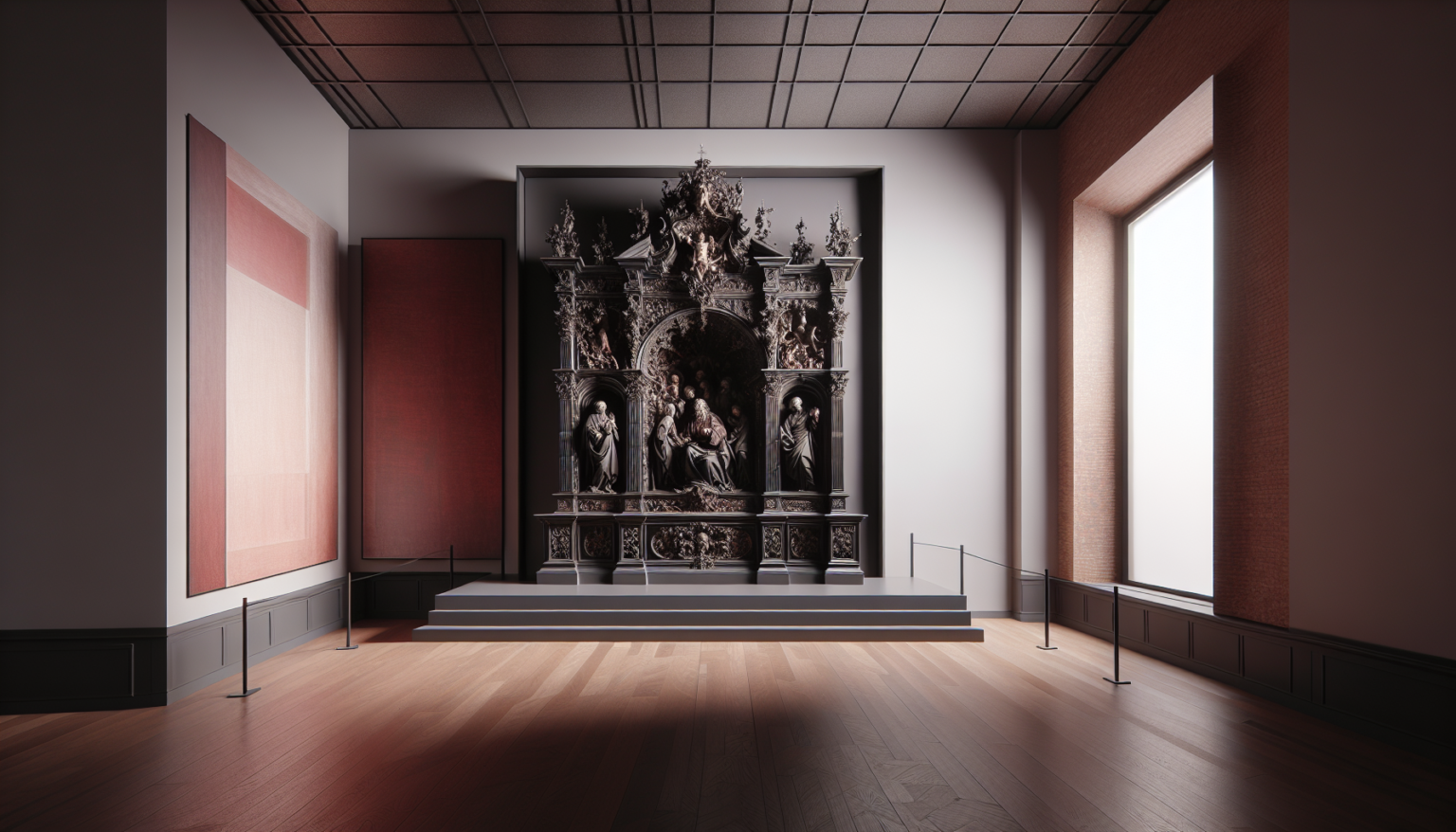The National Gallery in London has acquired a mysterious 16th-century altarpiece for just over $20 million. The painting, known as “The Virgin and Child with Saints Louis and Margaret and Two Angels,” dates from around 1500-1510 and was created by an unknown artist. The acquisition was funded by the American Friends of the National Gallery London and arranged through Sotheby’s in a private sale.
The altarpiece was sold by a descendant of Henry Blundell’s family and had been kept on the Lulworth Estate in Dorset. National Gallery director Gabriele Finaldi revealed that the museum had been eyeing the altarpiece for decades before finally acquiring it earlier this year. The painting had last been exhibited in 1960 and has recently been shown privately to specialists, although there remains no consensus on the identity of the artist.
The curator responsible for the acquisition, Emma Capron, suggests the altarpiece is likely Netherlandish, though it could also be French. It is painted on Baltic oak, commonly used in the Low Countries. The depiction of Saint Louis, dressed in a gown decorated with the French royal fleur-de-lis, further adds to the speculation.
National Gallery’s mysterious acquisition
The composition features the Virgin and Child at its center, with Jesus holding a goldfinch. Saint Louis is believed to portray the facial features of an unidentified donor, and Saint Margaret is shown as the patron saint of expectant mothers, with an unusual depiction of a dove on her shoulder.
The dragon at Saint Margaret’s feet is particularly ferocious, unlike any other dragon depicted in Northern European art. The altarpiece also includes two angels: one playing a Jew’s harp, an unusual instrument for the era’s iconography, and the other holding a sheet of meaningless musical annotations. The altarpiece stands 1.2 meters high and has undergone a comprehensive examination and conservation.
Dendrochronology dated the oak’s felling to 1483, indicating the painting was created soon after 1500. Larry Keith, the National Gallery’s head of conservation, noted the piece is in “extremely good condition” for its age and size. Although the artist remains unidentified, Finaldi hopes that public ownership will lead to more insights and possibly a consensus on the attribution.
If not, it may be labeled as by the “Master of the National Gallery Virgin and Child.” The altarpiece will be unveiled in Room 53 on May 10.












